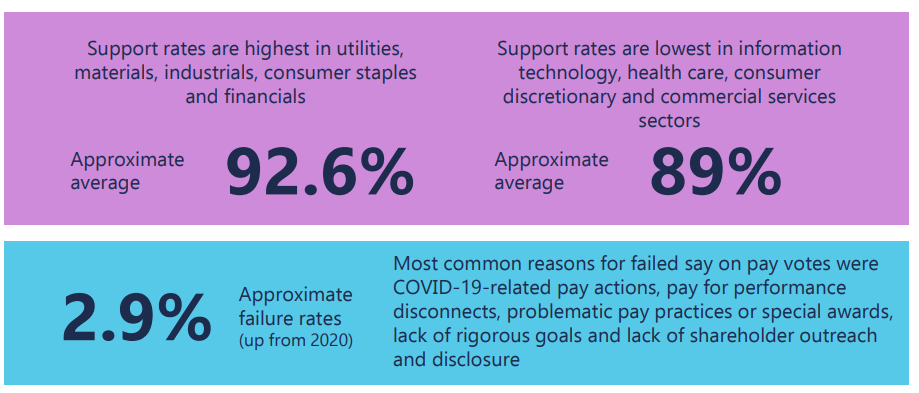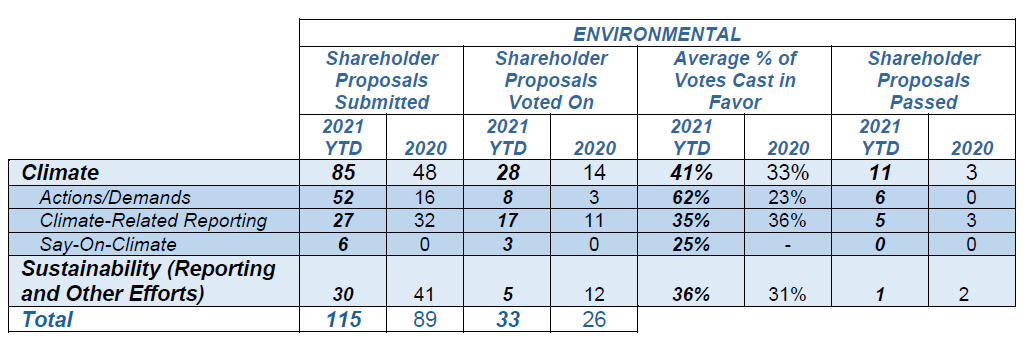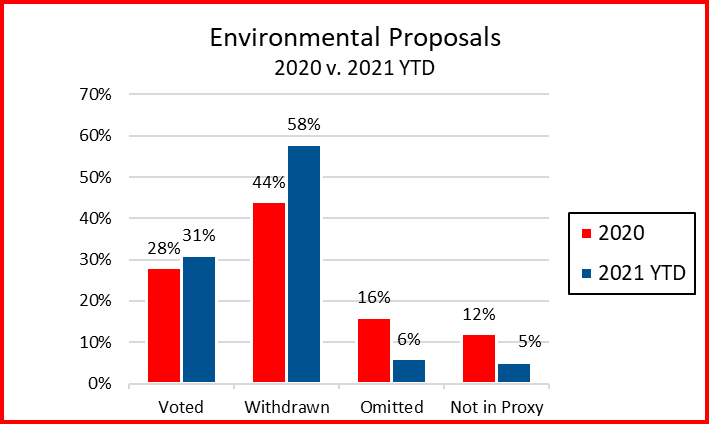James M. Citrin and Cassandra Frangos are Consultants and Melissa Stone is Director of Development and Operations at Spencer Stuart. This post is based on a Spencer Stuart memorandum by Mr. Citrin, Ms. Frangos, Ms. Stone, and Joseph M. Kopsick.
Most boards address emergency CEO succession in some way, even if it’s just discussing the “name in the envelope” who could be quickly tapped for an interim period of time. The COVID-19 crisis underscored the importance of having a robust, formal emergency succession plan and raised questions about how prepared most organizations really are.
In this post, we highlight best practices for developing an emergency succession plan, including:
- Defining the criteria and responsibilities of an interim CEO
- Aligning on the “name in the envelope”
- Maintaining a view of relevant external talent
- Codifying the plan
Define the criteria for the interim successor
Boards historically have prioritized continuity and the likely investor reaction when selecting an interim CEO successor—someone who can give investors confidence that the company is in good hands until a permanent successor is selected. Not surprisingly, the most common interim leaders in emergency successions are the board chair, another board director, the CFO, the COO and, occasionally, a division president or general counsel.
In a crisis, the board may prioritize different criteria depending on the context and stakeholder needs: a “culture carrier” or leader with significant followership who can calm the organization and maintain continuity in the short term; an executive who is able to rally the leadership team; a highly effective communicator; or the CFO, who is closest to the financials and may be best positioned to manage through a cash crunch.



